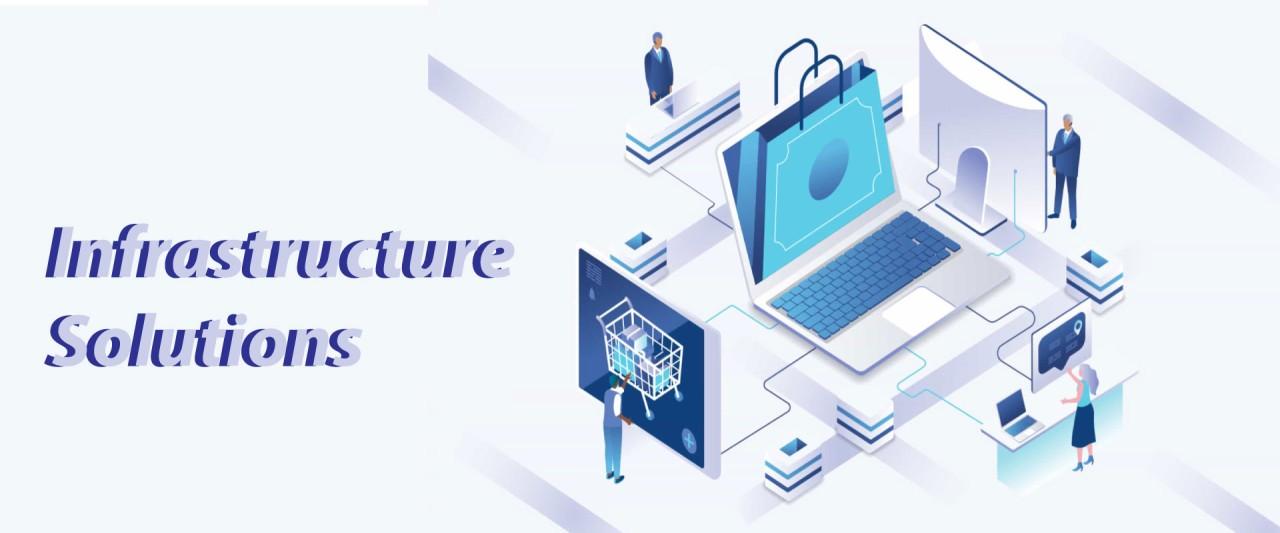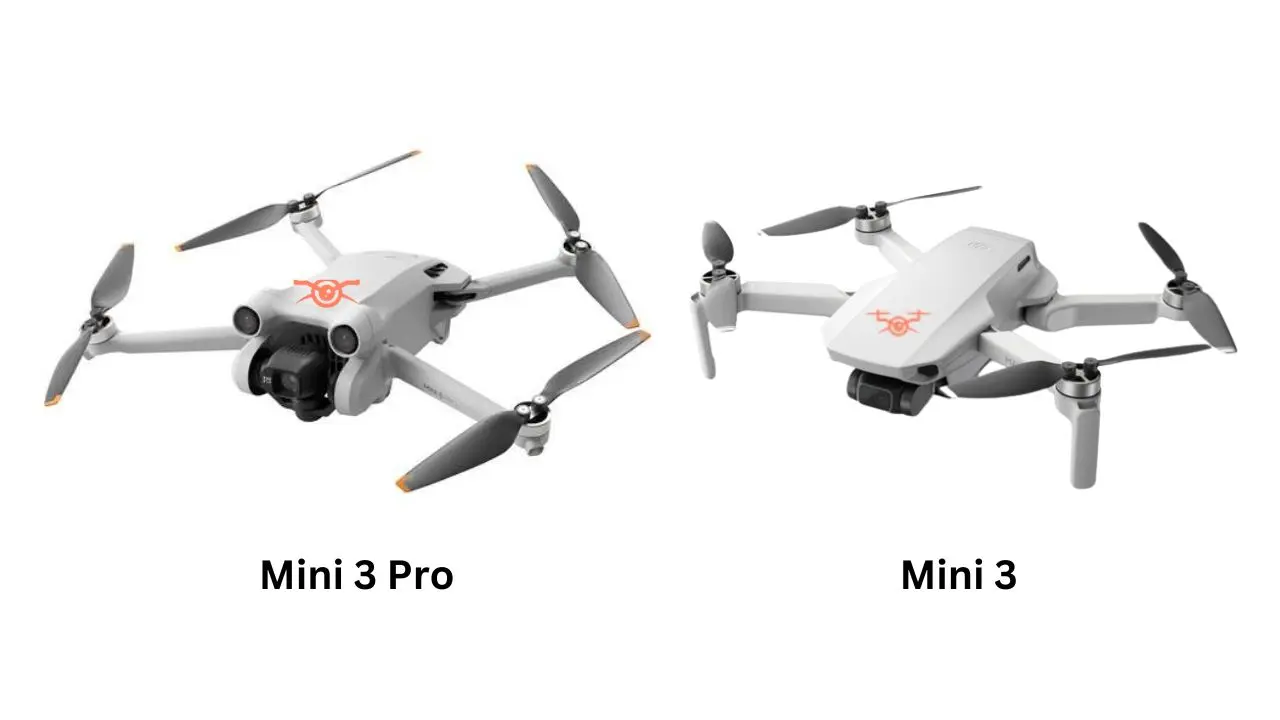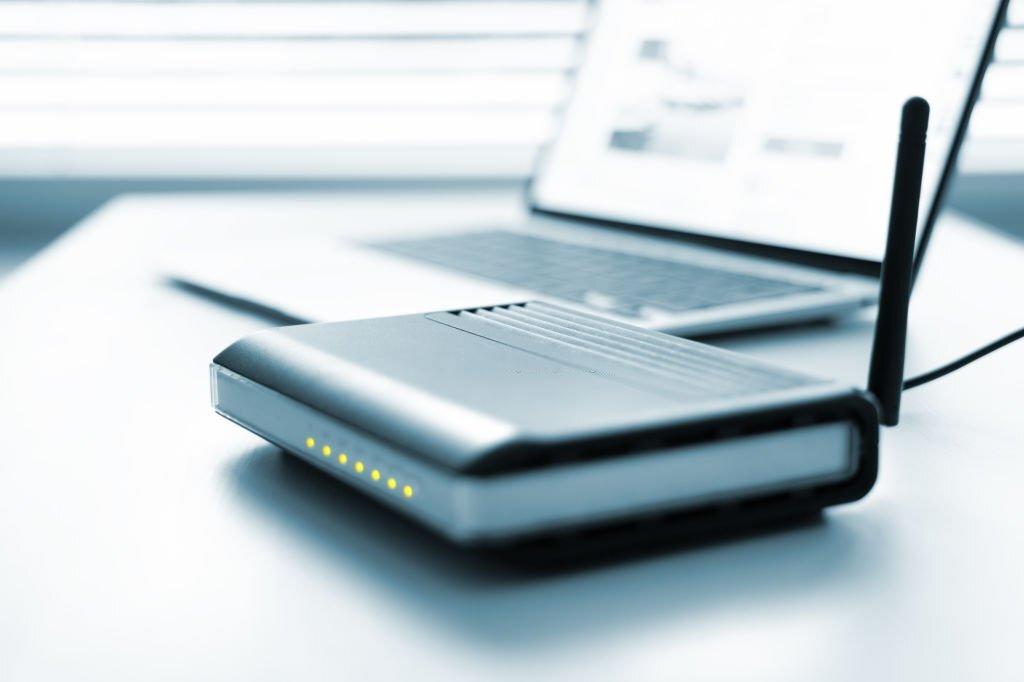Businesses of all sizes are at risk of being the victims of cyber attacks, and deploying first-rate network security controls is imperative. This comprehensive article discusses the latest methods of network infrastructure solutions to help your organization remain secure from digital threats.
Regular Updates and Patch Management
One of the easiest but most effective security practices is keeping your software and systems current. Cyber attackers often use accounts with old software as a vector. By regularly using a patch management system and updating software patches as they are released, the likelihood of hackers taking advantage of known exploits is lowered. Patch management, which is operated in the regular mode, does not contain the company network.
Robust Firewall Implementation
Firewalls play the role of your network’s gatekeepers, inspecting the network traffic flow regarding predetermined security rules. A proper designer firewall blocks unauthorized access without inhibiting regular traffic. Investing in firewall solutions that can be configured to suit business needs is very important as they provide the first line of defense against cyber threats.
Advanced Endpoint Protection
Securing these endpoints is critical with the proliferation of devices accessing corporate networks, from laptops to smartphones. Advanced endpoint protection solutions go beyond traditional antivirus software, offering comprehensive protection against malware, ransomware, and zero-day threats. These solutions can detect and respond to threats in real-time, providing crucial security for devices within and outside the corporate network.
Intrusion Detection and Prevention Systems
Intruder Detection Systems (IDS) and Intrusion Prevention Systems (IPS) play an important role in identifying and neutralizing attacks before they cause damage. These systems automatically monitor network traffic for evidence of malicious activity, alerting administrators of suspicious behaviour and taking automated actions to protect your network from threats, hence increasing your network’s overall security posture.
Secure Wireless Networks
If they are not secured, cyber attackers can easily explore wireless networks. To secure your wireless networks, you should also take these simple but effective measures: secure your wireless networks with robust encryption algorithms (like WPA2 or WPA3), change default passwords, and hide your network name (SSID) from public view.
VPN for Remote Access
The rapid growth in remote jobs has made secure remote access a vital requirement. VPNs encrypt the data communicated over the internet, offering a secure tunnel through which remote employees can access the corporate network. All remote access must use VPN(crypto-location), mainly when employees connect through unsecured access points like public networks.
Employee Training and Awareness
Human error can completely defeat the most advanced technical measures. Constant cybersecurity awareness training could arm workers with knowledge about security problems, including letters that might be phishing emails or suspicious links. Building a security awareness culture is a cornerstone in the attack against cybercrime.
Access Control and Authentication
Controlling who can access which data is a critical element of network security. Utilizing stringent Access Control tools and MFA strengthens user authentication, permitting only authorized ones to access your network and confidential data. This helps the organization reduce the risk of data breaches while contributing to its willingness to meet regulatory requirements.
Regular Security Audits
Running network infrastructure security audits regularly will reveal hidden loopholes, misconfigurations, and compliance problems. These audits must be complete and aim to analyze everything from something as minimal as physical security to bigger things such as network architecture and policies. Through this auditing, you could acquire the information that would be a continuous practice for progressing in your security posture.
Data Encryption
Encrypt the data in your databases and file storage when it crosses the network. This way, you can be sure that even if data is intercepted, it will remain unreadable by unauthorized parties. Encryption is an essential shield in the protection arsenal for sensitive data, especially for companies that manage personal data, banking accounts, or intellectual property.
Enhancing Network Resilience Through Redundancy and Backup Solutions
The resilience of the infrastructure is one of the most important but neglected issues during network security. Adding multiple routes to the network helps to guarantee that if a failure happens, there’s a quick backup to ensure seamless operations without prolonged downtime. Disaster recovery means creating extra avenues for data transfer and having extra machines on reserve. In addition, complete data backup systems safeguard against data theft through ransomware by restoring critical data quickly. Through strategy approaches of redundancy and backup, companies execute greater resilience in their network systems even against both cyber threats and physical failure, hence continuity of operations even in adverse circumstances. By following these practices, the design of the network will reflect the proactive approach, not only in terms of performance but also in terms of stability and durability in the long term.
Implementing a Layered Security Strategy for Comprehensive Protection
In the network infrastructure domain, more than one security option is required. A layered security strategy, also termed defense-in-depth, is a strategy that incorporates various security controls across multiple points in the network. It could mean having firewalls at the network borders, intrusion detection systems watching for suspicious activity, endpoint protection for individual devices, and encryption for data, both data on the move and at rest. However, every layer meets different possible threats that significantly complicate the process of network penetration. Furthermore, this method creates a chain of protection; a breach of one layer does not fail the whole network system. Implementing a multifaceted security plan may take a high level of planning and organization but is vital for protecting sensitive data and maintaining the clients’ and stakeholders’ reputations and credibility. This is a proactive and all-encompassing way that aims to address the multifaceted nature of cyber risks and guarantees the system’s security even in a situation where new risks arise.
Conclusion
The cybersecurity landscape is continually evolving, with new threats emerging regularly. By adopting these best practices in network infrastructure solutions, businesses can create a resilient defence against potential cyberattacks. Network Drops stands at the forefront of this effort, offering expert network cabling installation services that incorporate cutting-edge security measures. Partnering with Network Drops means ensuring your network is not only efficient and reliable but also fortified against the digital threats of today and tomorrow.






